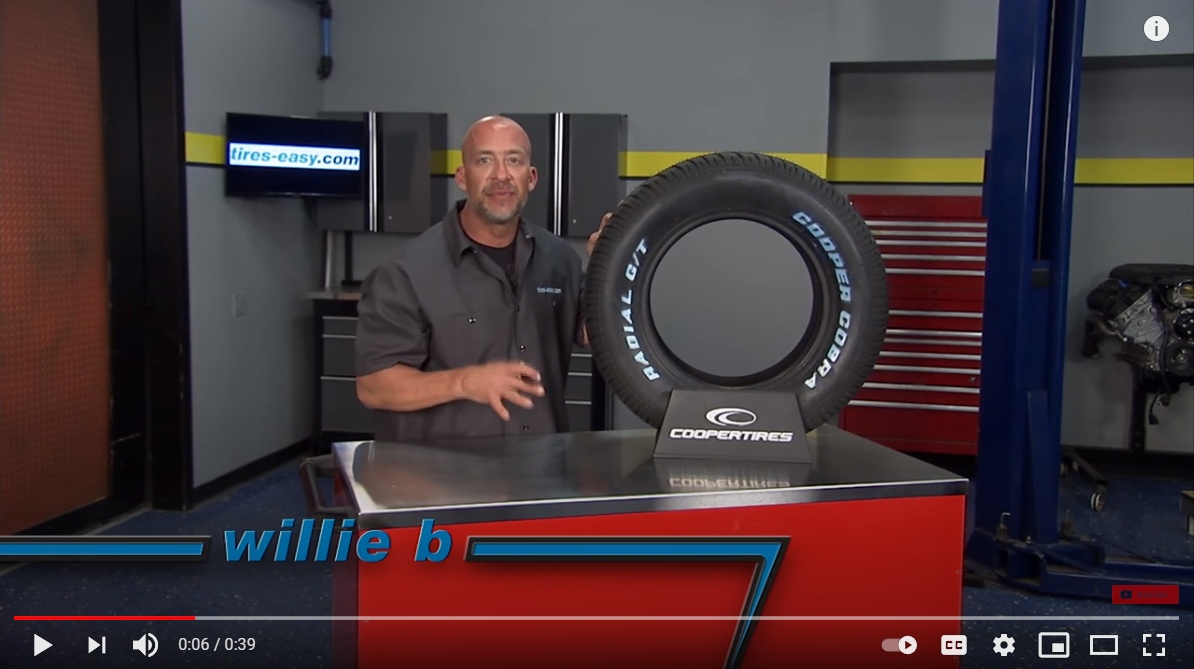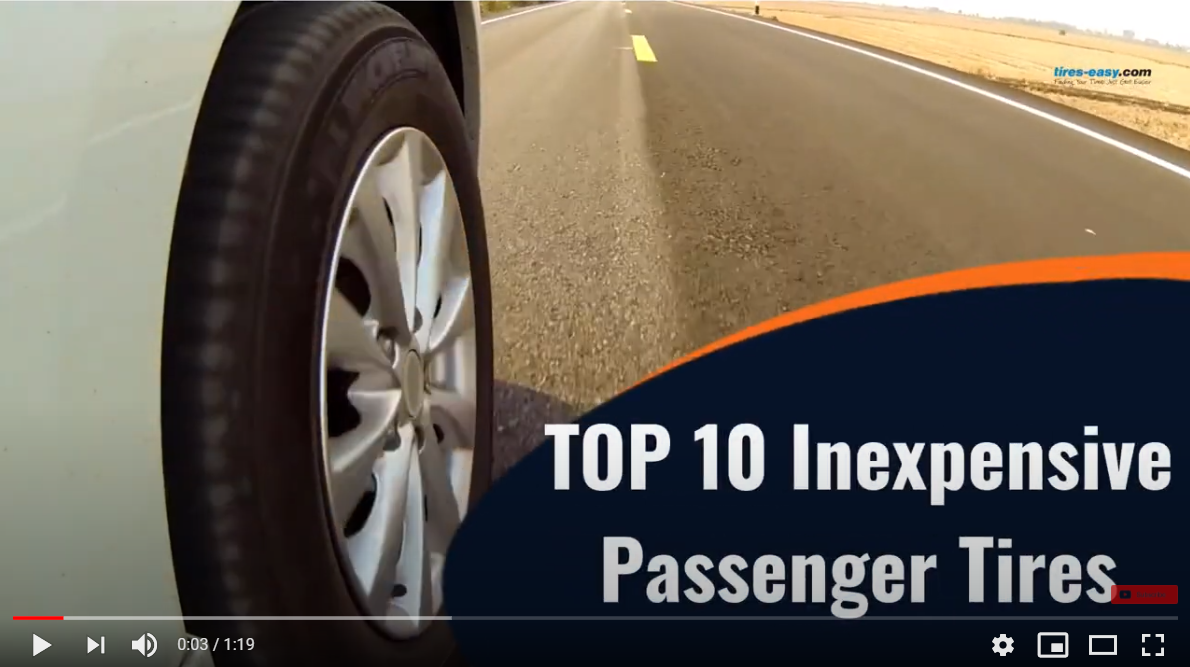Last Updated on April 21, 2024
Ensure Safe and Efficient Driving with Proper Tire Pressure Checks
If you check tire pressure on a regular basis, it will help the tires last longer and keep you safer on the roads. It would be best if you did this at least once a month and before long road trips. Here is everything you need to know to check tire pressure accurately.
When it comes to vehicle safety, one of the most critical but often overlooked aspects is maintaining the right tire pressure. Proper tire pressure not only ensures your safety on the road but also contributes to better fuel efficiency and extends the lifespan of your tires. In this comprehensive guide, we will take you through the step-by-step process of checking tire pressure correctly.
Whether you’re a new driver or want to refresh your knowledge, understanding how to check tire pressure is a fundamental skill every car owner should possess. So, let’s dive into the world of tire maintenance and keep your journey safe and smooth!
Why Is Tire Pressure Important?
Before we delve into the how-to part, let’s first understand why checking tire pressure is crucial. Your vehicle’s tires are the only point of contact between your car and the road. The pressure within them plays a vital role in ensuring your safety, as well as your vehicle’s overall performance. Here are a few reasons why tire pressure matters:
- Safety: Adequate tire pressure helps maintain optimal traction and control, reducing the risk of accidents, especially in wet or slippery conditions.
- Fuel Efficiency: Underinflated tires create more rolling resistance, which can lead to decreased fuel efficiency and higher gas expenses.
- Tire Longevity: Overinflated tires can wear out the center tread prematurely, while underinflated tires wear out the edges. Proper pressure ensures even tire wear, extending its lifespan.
- Handling and Comfort: Correct tire pressure provides better handling and a smoother ride, enhancing your driving experience.
Now that you understand the importance of proper tire pressure let’s move on to the practical steps of how to check and maintain it.
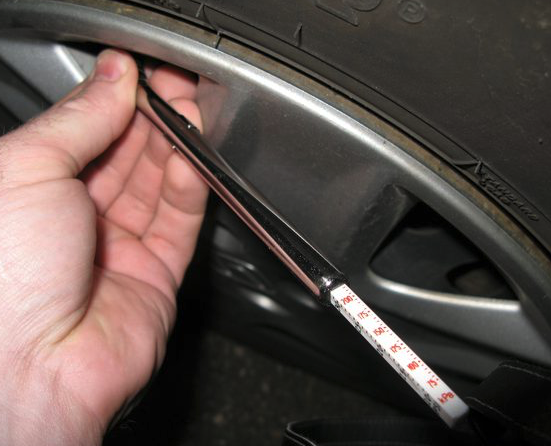
Equipment and Information to Check Tire Pressure
Tire Gauge – Tire pressure checks can be done either at a local service station or in your driveway or garage with a standard air pressure gauge like the one shown. Digital gauges are equally accurate and easy to use. According to dmv.gov, the most accurate readings are done when tires are cold and haven’t been driven in a few hours.
Recommended PSI – You will also need to know the recommended air pressure for your specific vehicle and tire. This can be found on the placard on the inside of the driver’s side door post on most vehicles. Alternatively, you can find it in the vehicle owner’s manual.
Step-by-Step Instructions to Check Tire Pressure
Watch this video on how to check your tire pressure, and follow the step-by-step instructions that follow:
- Remove the cap from the valve stem. The valve stem is on the inside of the wheel itself, and the plastic cap can be twisted off by hand.
- Insert the tire pressure gauge into the valve stem. Press down firmly to stop air escaping.
- Check the reading on the gauge once you have a firm seal. Look for the scale in PSI, which stands for pounds per square inch.
- Compare the reading on the gauge to the recommended PSI on the vehicle placard.
- If the reading is above the recommendation, air needs to be released from the tire. Do this by lightly pushing in the center of the valve stem for a few seconds. Most gauges have a pin that allows you to depress the center stem. This allows air to escape and brings the PSI closer to the recommendation. You can bleed air out in 2 or 3-second increments, using the gauge each time to measure against the target PSI.
- If the tire pressure is below the recommendation, you will need to add air. If you are doing this at home and do not have an air compressor, this is easily done at your nearest service station. Most tire stores will be happy to double-check your tire pressure and add air as needed at no charge.
- Replace the valve caps after you have adjusted the tire pressure. They protect the valve stem from dirt and road grime that can cause leaks.
While you are doing the tire pressure checks, it is a good idea to take a few extra seconds visually to inspect each tire for excessive tread wear, foreign objects stuck in the tire tread, deep cuts, or large bumps on the side of the tire. Any of these conditions could mean your tires need to be replaced soon.
Tire Pressure Gauges
Tire pressure gauges have come a long way in technology. You may prefer the old standard stick technology type or might want to look at one of the newer digital models.
Stick type – simple, no batteries, just put on the valve and push, and you get a pressure reading. The one downfall is in the dark; you may find it hard to read the pressure.
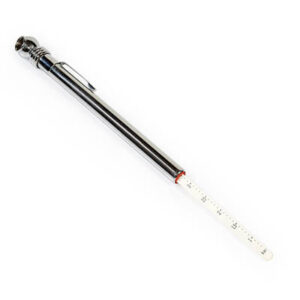
Digital – displays the pressure number, no guessing, typically lighted. They are a bit pricier than the stick type.
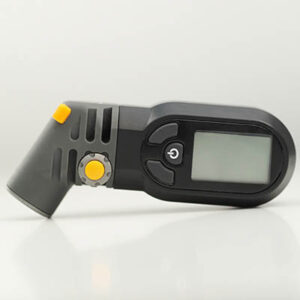
Dial Guage – Analog dial face with a needle showing the pressure. Some models may be harder to handle than the other types.
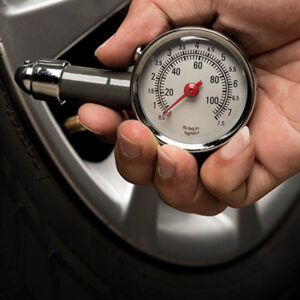
Nitrogen in Tires
Should you consider Nitrogen in your tires? You may want to have your tires filled with Nitrogen.
Benefits:
- Improved fuel mileage
- Less tire wear
- Extended tire lifespan
Because Nitrogen is less likely to seep through your tire walls than oxygen, it provides a more constant tire pressure during changing weather. More stable tire pressure results in less tire wear, thus prolonging the life of the tire. Nitrogen-filled tires can also lessen corrosion on steel or aluminum rims.
Maintaining Proper Tire Pressure
Tire pressure isn’t a one-time check; it’s an ongoing responsibility. It’s recommended to check your tire pressure at least once a month and before long road trips. Additionally, inspect your tires regularly for signs of damage, such as cuts, bulges, or punctures.
By following these simple steps and staying diligent with your tire maintenance, you’ll ensure your safety, save money on fuel, and prolong the life of your tires. So, the next time you hit the road, you can do so with confidence, knowing that your tires are in optimal condition.
Remember, Tire Easy is your one-stop shop for high-quality tires that suit your vehicle and driving needs. Browse our wide selection and enjoy a smoother, safer ride today!
Don’t compromise on safety and performance. Buy the right tires for your vehicle from Tire Easy and experience the difference!
Conclusion
In conclusion, knowing how to check tire pressure is a fundamental skill that every vehicle owner should possess. It’s not just about maintaining your tires; it’s about ensuring your safety on the road, improving fuel efficiency, and extending the lifespan of your tires.
By following the step-by-step guide outlined above, you can take control of your tire maintenance and enjoy a smoother, safer driving experience. Remember to check your tire pressure regularly, especially before long trips, and keep an eye on your tire’s overall condition.
Your tires play a crucial role in your vehicle’s performance, and with proper care, you can maximize their longevity and your peace of mind on the road.
So, take charge of your tire safety today!
Tires-easy.com for Great Prices
If your tires are leaking air, are worn out, or need to be replaced for any other reason, Tires-easy.com has you covered. With the largest selection of new tires online, Tires-easy.com offers hundreds of tire brands, a wide range of prices, easy ordering, a 45-day return policy, free road hazards, and fast shipping.
FAQs
What are the steps to check tire pressure, and can you explain each step?
Checking tire pressure involves these steps:
Gather Tools: You’ll need a tire pressure gauge.
- Find Recommended Pressure: Refer to your vehicle’s manual or a sticker on the driver’s side door jamb for the recommended tire pressure.
- Check Tire Condition: Look for visible damage or excessive wear.
- Prepare the Gauge: Unscrew the valve cap and press the gauge onto the valve stem until the hissing sound stops.
- Read the Pressure: The gauge will display the tire pressure in PSI (pounds per square inch).
- Compare to Recommended: Compare the reading to the recommended pressure. If it’s low, add air; if it’s high, release some air.
- Repeat for All Tires: Ensure all four tires are properly inflated.
How do you check what tire pressure you should have?
You can find the recommended tire pressure in your vehicle’s owner’s manual or on a sticker located on the driver’s side door jamb. It may also be listed in the glove compartment or inside the fuel door.
How do you check tire safety?
To check tire safety, inspect the tires regularly for the following:
- Tread Depth: Measure the tread depth using a tread depth gauge or the penny test. The tread should be above 2/32 of an inch.
- Tire Damage: Look for cuts, bulges, or punctures on the tire sidewalls or tread.
- Uneven Wear: Check for uneven wear patterns, which may indicate alignment or suspension issues.
- Proper Inflation: Ensure tires are inflated to the recommended pressure to prevent underinflation or overinflation.
- Regular inspections and maintenance are crucial for tire safety.







